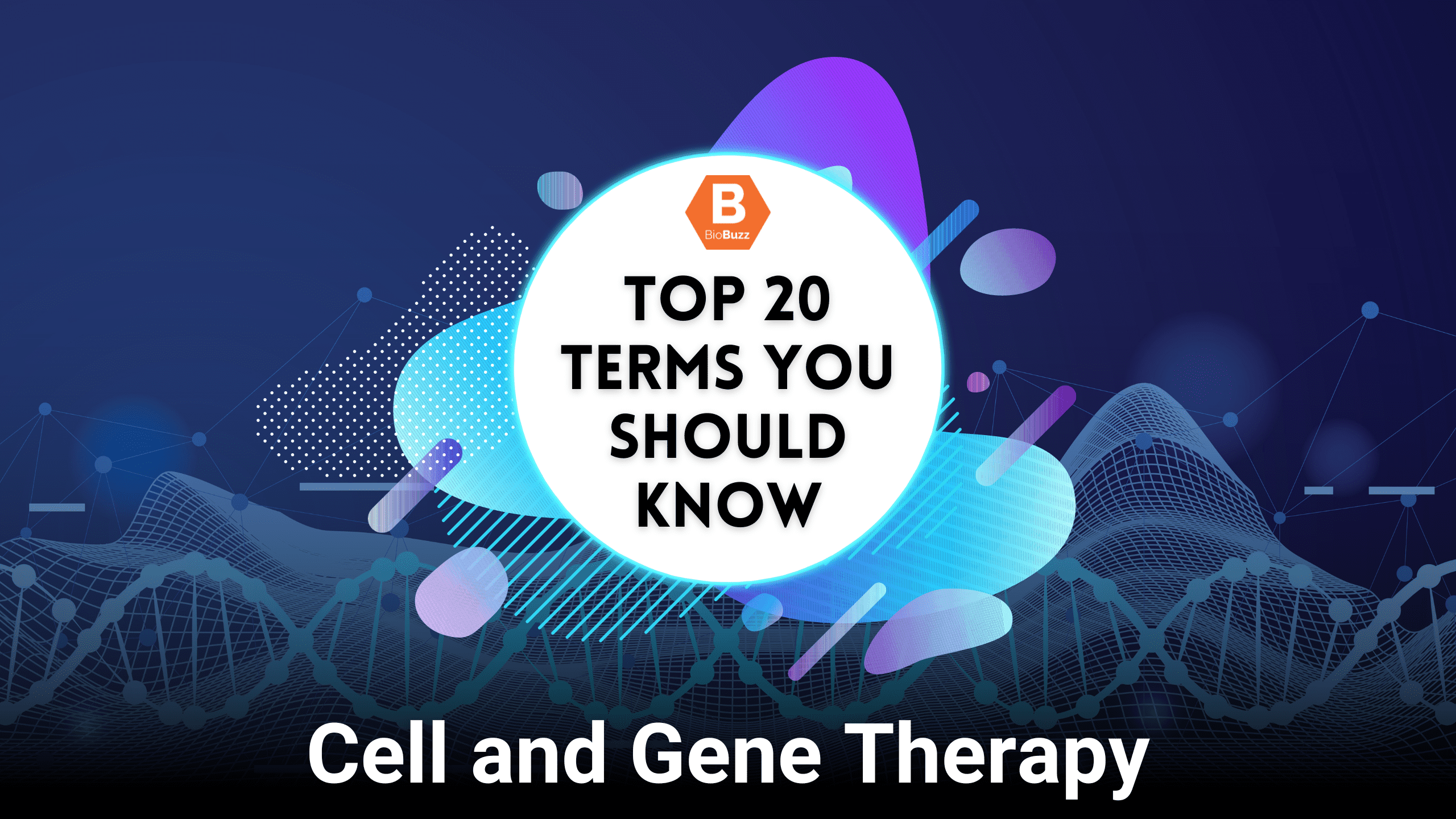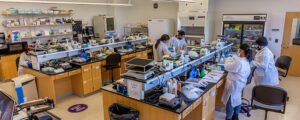
Cell and Gene Therapy: Top 20 Terms You Should Know If You’re Just Starting Out
| BioBuzz has been connecting the life science workforce since 2009. We’ve built an expansive community in the Mid-Atlantic with a national readership that spans from Massachusettes to Florida, and New York to California. For our next chapter, we’re building a proprietary talent logistics model to help employers source and hire life science talent. Learn more. |
Navigating the intricate world of cell and gene therapy can be daunting, especially if you don’t come from a biology background. Speaking from personal experience, it took me some time to wrap my head around the language and acronyms that pepper this innovative field. The jargon was almost like a separate language entirely. However, once I familiarized myself with key terms, it became significantly easier to understand the broader discussions, read research papers, and even contribute to meaningful conversations in the field.
What is Cell and Gene Therapy?
Cell and gene therapy are advanced biomedical approaches aimed at treating or potentially curing diseases at the cellular and genetic levels. In cell therapy, specialized cells like stem cells are introduced into the body to replace or repair damaged cells, often improving the body’s ability to fight disease or heal itself.
Gene therapy, on the other hand, involves altering the genes within a person’s cells to correct or replace faulty genetic information, thereby treating or preventing diseases. Both approaches offer the promise of treating a wide range of conditions, from genetic disorders and cancers to degenerative diseases, in more targeted and effective ways than traditional medical treatments.
So, whether you’re a student, an entrepreneur, or someone simply interested in breaking into this groundbreaking sector, understanding the terminology can be your first major step toward becoming fluent in the language of cell and gene therapy. Here are the top 20 terms you should start with:
1. Autologous Cells
These are cells harvested from the same individual they will be re-introduced into, reducing the risk of immune rejection.
2. Allogeneic Cells
Contrary to autologous cells, these are sourced from a donor and used in another individual.
3. CRISPR (Clustered Regularly Interspaced Short Palindromic Repeats)
This is a gene-editing technology that allows scientists to modify an organism’s DNA.
4. Vector
A vehicle is used to transfer genetic material into a cell. Common vectors include viruses that have been modified to be safe.
5. Stem Cells
Cells with the unique ability to develop into various cell types in the body, are used in both cell and gene therapies for regeneration and repair.
6. Ex Vivo
This term refers to processes or reactions occurring outside a living organism, usually in a lab setting, such as modifying cells before re-injecting them into a patient.
7. In Vivo
Conversely, in vivo describes processes taking place within the living body.
8. Somatic Cells
These are any cells forming the body of an organism that are not germ cells (sperm or egg).
9. Plasmid
A small, circular piece of DNA is used frequently in laboratory research for gene transfer.
10. Transduction
The process by which foreign DNA is introduced into a cell via a vector.
11. Transfection
Similar to transduction, but typically refers to methods that are not viral-based.
12. Gene Silencing
The process of inhibiting the expression of a gene, effectively ‘turning it off.’
13. Gene Knockout
A technique in which a particular gene is permanently deleted or inactivated.
14. Induced Pluripotent Stem Cells (iPSCs)
Adult cells that have been genetically reprogrammed to function like embryonic stem cells, thus having the ability to become many different types of cells.
15. CAR-T Therapy
Chimeric Antigen Receptor T-cell therapy is a type of treatment where a patient’s T cells are modified to attack cancer cells.
16. Gene Therapy
Treatment involves altering the genes inside a person’s cells to treat or cure disease.
17. Cell Therapy
Treatment involves the injection of cellular material into a patient’s body, often to replace or repair damaged cells.
18. Cytokines
Small proteins released by cells have a specific effect on the interactions and communications between cells.
19. Differentiation
The process by which a less specialized cell becomes a more specialized cell type.
20. Genome Editing
A type of genetic engineering in which DNA is inserted, deleted, or replaced in the genome of an organism using engineered nucleases.
Familiarity with these terms is not just a useful skill; it’s an empowering resource. It’s a bit like learning the rules of a game before diving into play. As you deepen your understanding, you’ll find it easier to engage with the scientific community, contribute to discussions, and appreciate the monumental advances happening in the field. Whether you’re just starting out or are looking to advance your career, understanding this lexicon can be your gateway to the growing world of cell and gene therapy.
- About the Author
- Latest Posts
BioBuzz is a community led, experience focused, biotech and life sciences media and events company. BioBuzz highlights regional breaking news, industry professionals, jobs, events, and resources for business and career growth. Their weekly newsletter is subscribed to by thousands in the BioHealth Capital Region and Greater Philadelphia as the go-to for industry updates.








